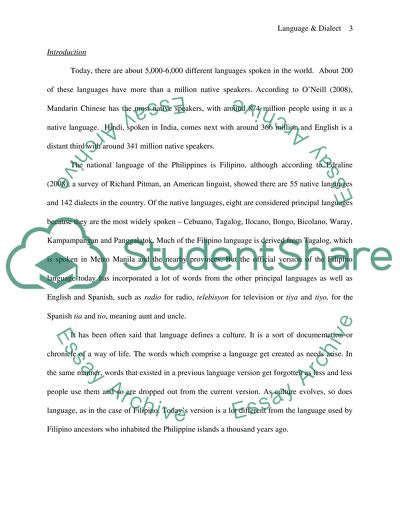Cite this document
(“Dialect Essay Example | Topics and Well Written Essays - 2500 words”, n.d.)
Dialect Essay Example | Topics and Well Written Essays - 2500 words. Retrieved from https://studentshare.org/miscellaneous/1547458-dialect
Dialect Essay Example | Topics and Well Written Essays - 2500 words. Retrieved from https://studentshare.org/miscellaneous/1547458-dialect
(Dialect Essay Example | Topics and Well Written Essays - 2500 Words)
Dialect Essay Example | Topics and Well Written Essays - 2500 Words. https://studentshare.org/miscellaneous/1547458-dialect.
Dialect Essay Example | Topics and Well Written Essays - 2500 Words. https://studentshare.org/miscellaneous/1547458-dialect.
“Dialect Essay Example | Topics and Well Written Essays - 2500 Words”, n.d. https://studentshare.org/miscellaneous/1547458-dialect.


